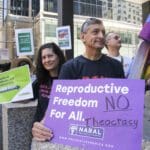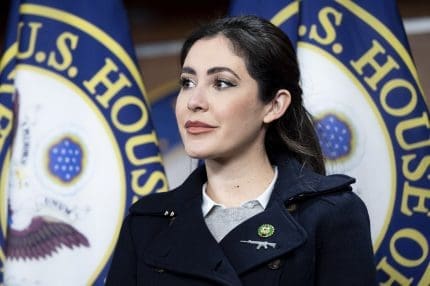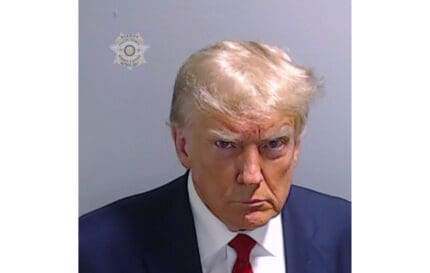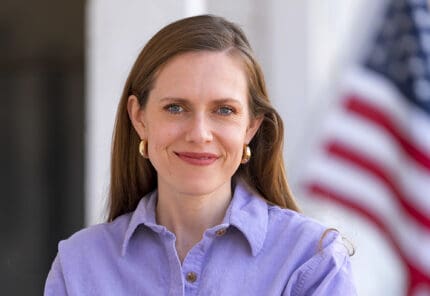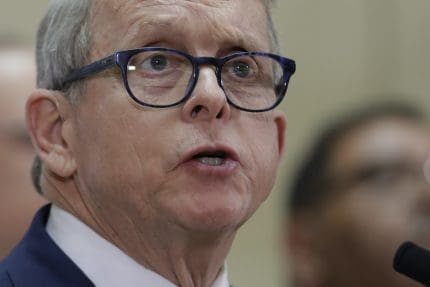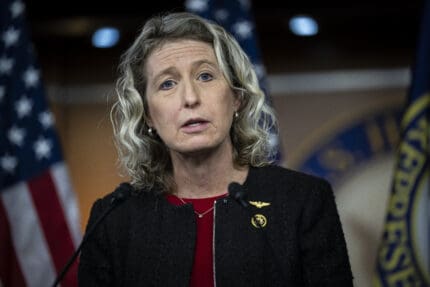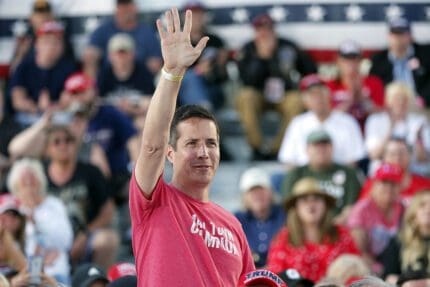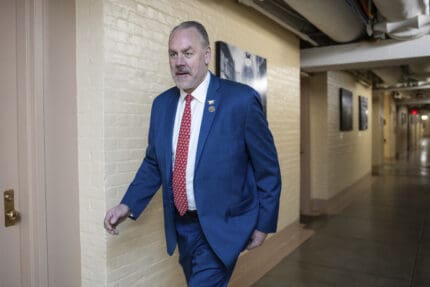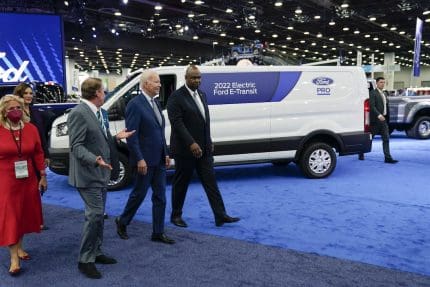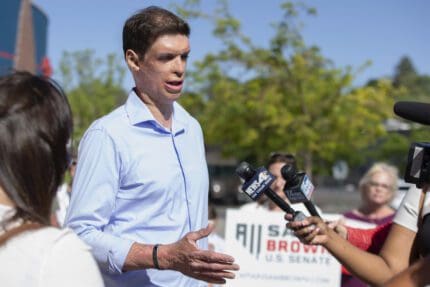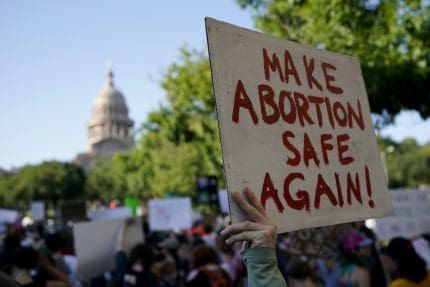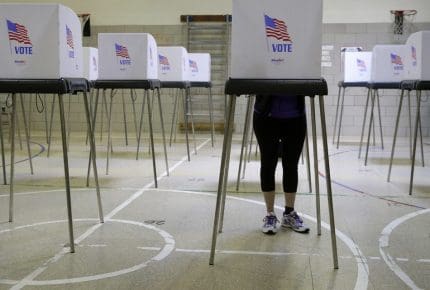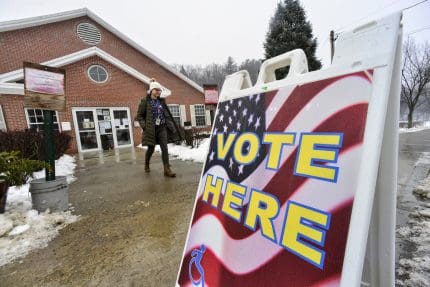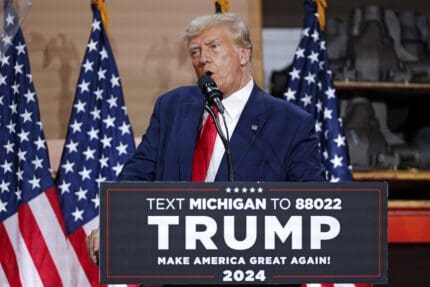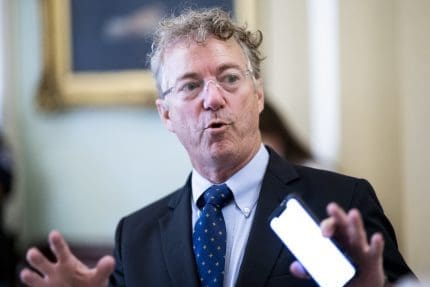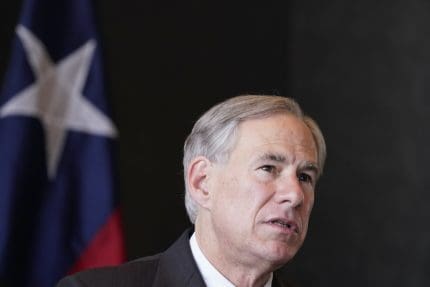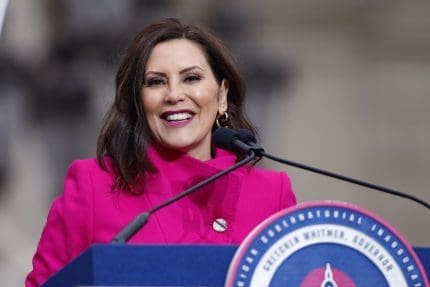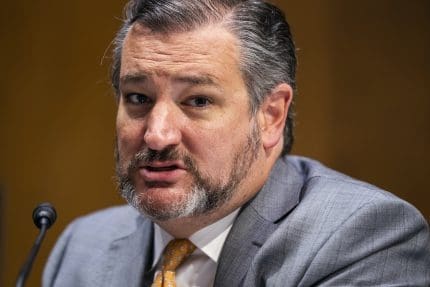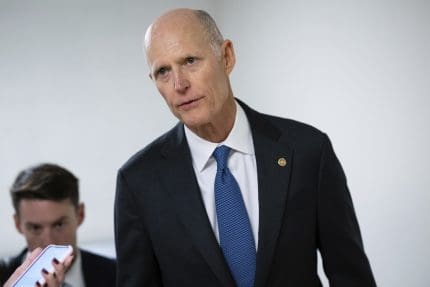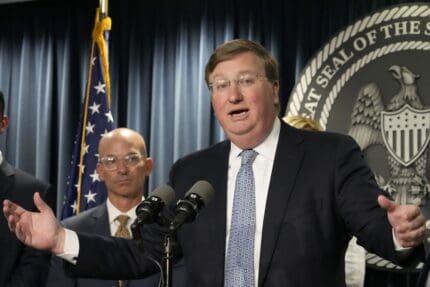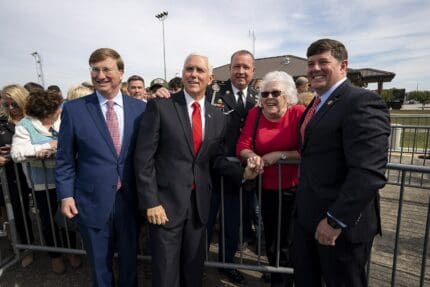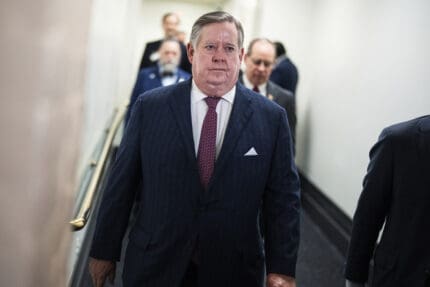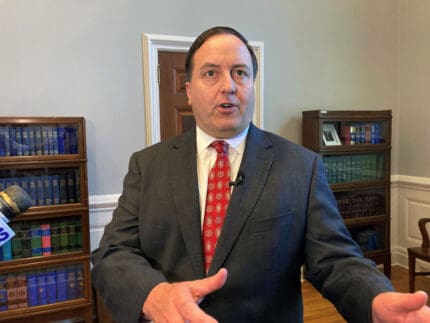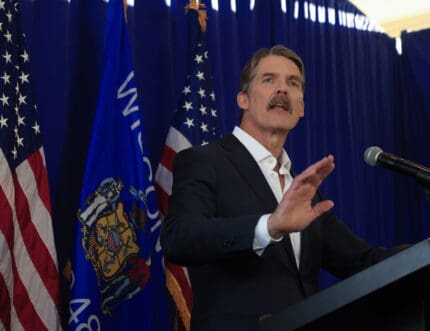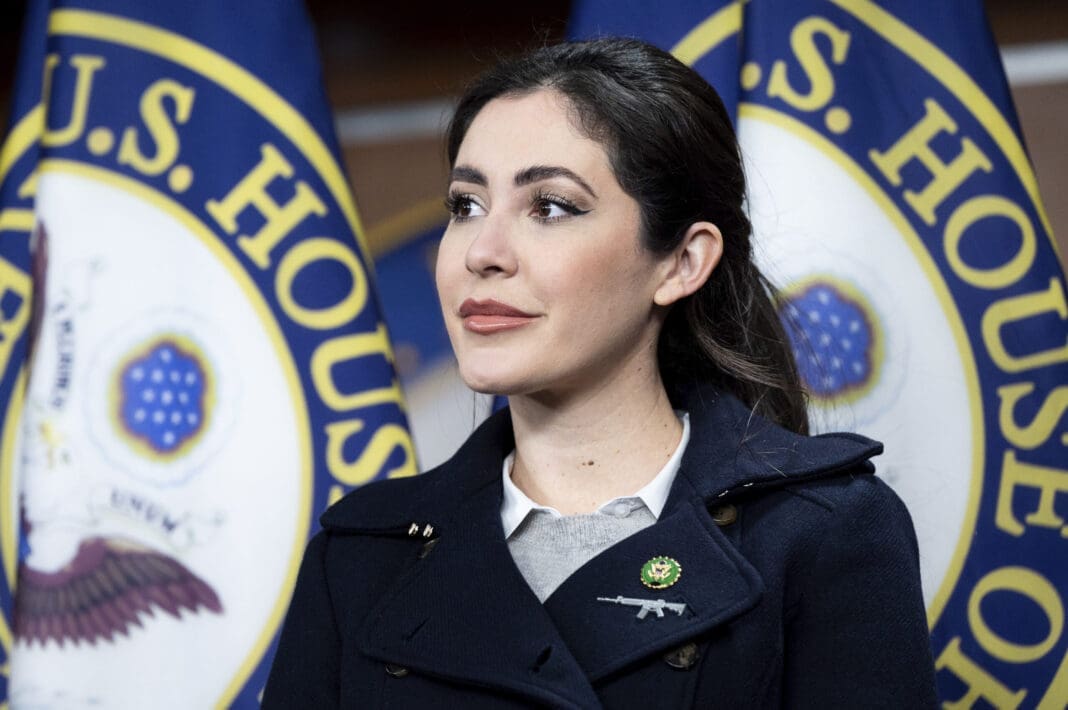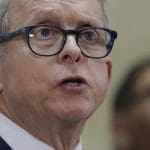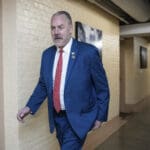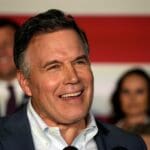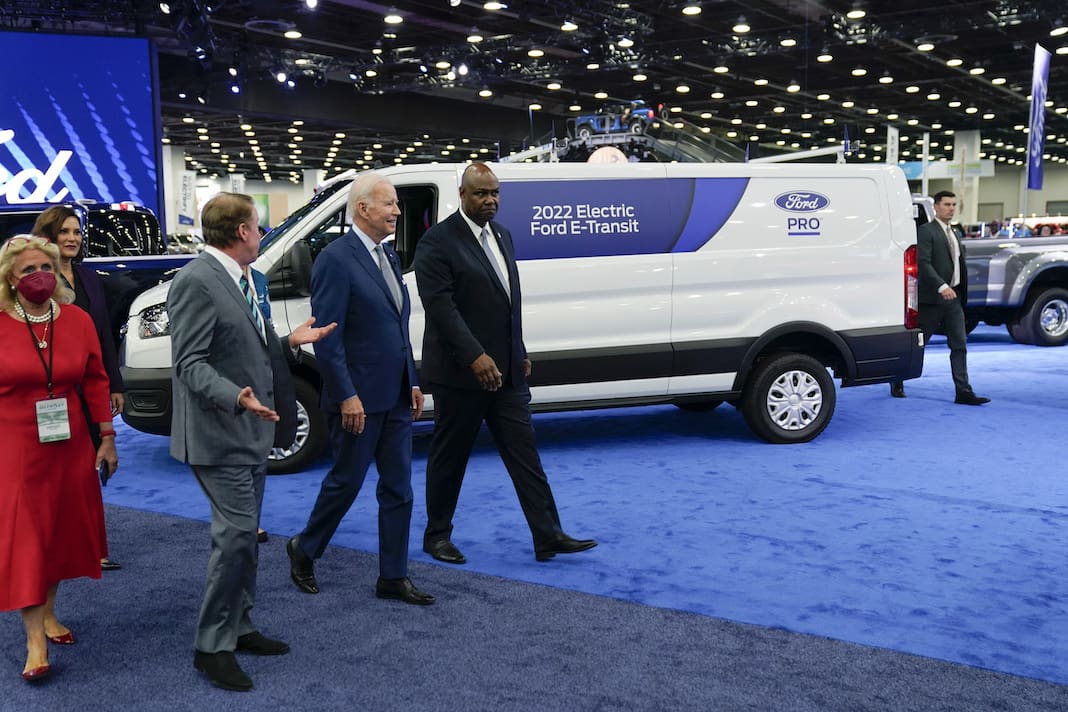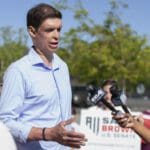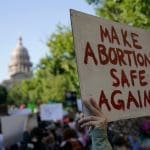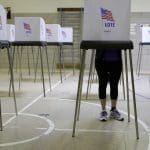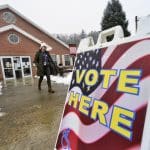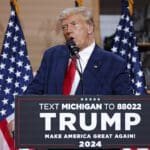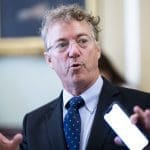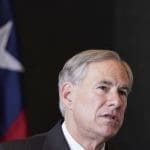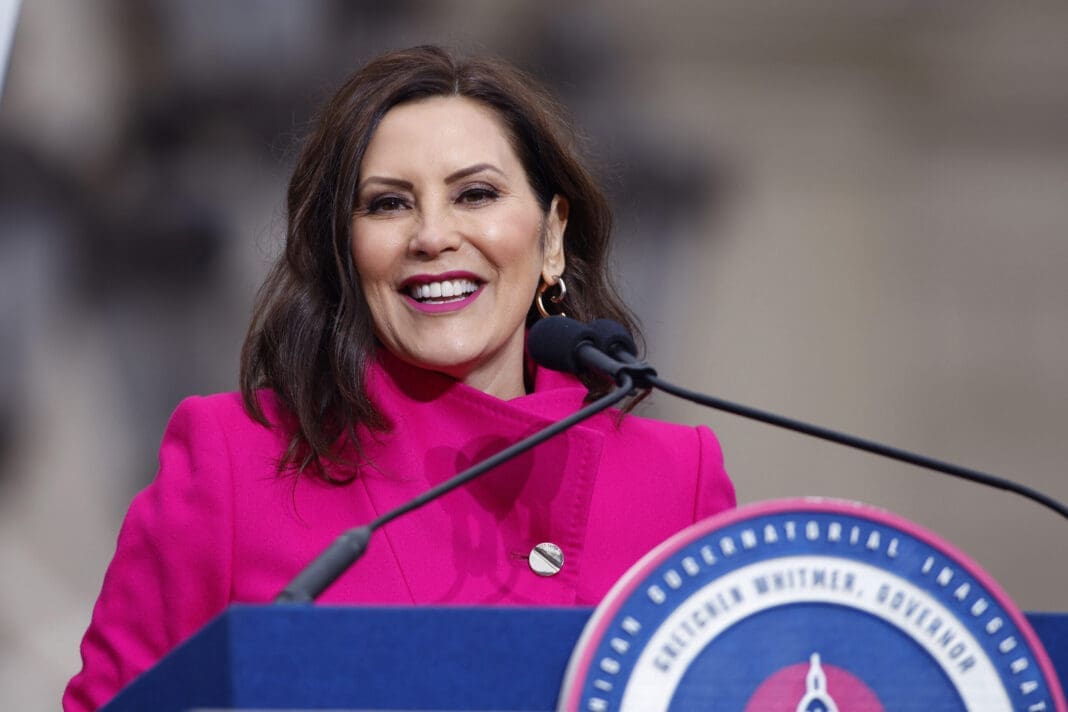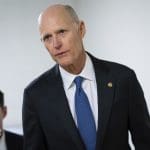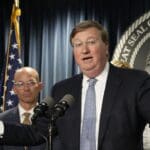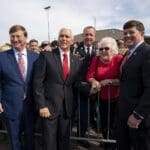Who can get a booster COVID shot? Experts explain the CDC's new rules.
Millions of Americans now qualify for a COVID-19 vaccine booster.
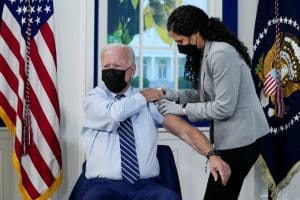
President Joe Biden received a COVID-19 booster shot on Monday, days after Centers for Disease Control and Prevention Director Dr. Rochelle Walensky recommended booster shots for a wide swath of Americans who’d already received initial Pfizer-BioNTech vaccines, partially overruling a panel of her own advisers who had spent Sept. 23 debating who should be eligible for the additional doses against the coronavirus.
The new CDC recommendations, which came in a 1 a.m. statement on Sept. 24, followed a monthslong process that has at times pitted the White House against many of its own agencies and left public health officials — along with many Americans — confused and concerned. With many but not all Americans who received the Pfizer vaccine now eligible for boosters, some experts say the booster decision might bring on a free-for-all.
“There will likely be a lot of places where, if you want to go get a booster, you can probably go get a booster, and can do it without too many questions asked,” said Dr. Rachael Piltch-Loeb, a fellow with Harvard Medical School’s Emergency Preparedness Research Evaluation and Practice Program.
In her recommendations, Walensky agreed with the CDC’s Advisory Committee on Immunization Practices that all Americans 65 years or older who received the Pfizer vaccine should get a booster at least six months after they received their second vaccine dose, and along with those ages 50-64 with underlying medical conditions. She also backed the advisory committee’s decision that immunocompromised Americans ages 18-49 who received the Pfizer shot may get a booster, enabling them to receive one if they, in consultation with their doctor, so desire.
But Walensky broke with her advisers to say that Americans ages 18-64 who received the Pfizer vaccine and live or work in a setting that elevates their risk of COVID-19 exposure may receive a booster shot as well, something the panel had narrowly voted against.
Walensky said during a White House briefing on Sept. 24, “Many of our frontline workers, essential workers, and those in congregate settings come from communities that have already been hardest hit. Withholding access for boosters from these people and communities would only worsen the inequities that I have committed to fight against.”
“I want to be very clear that I did not overrule an advisory committee,” she added. “I listened to all of the proceedings of the FDA advisory committee and intently listened to this exceptional group of scientists that publicly and very transparently deliberated for hours. … I think you could tell by the duration of the meeting and the discussions that this was a scientific close call. In that situation, it was my call to make.”
In early 2021, as the U.S. coronavirus vaccine rollout began, public health professionals within the federal government were ecstatic: The mRNA COVID-19 vaccines had been developed in record time, and early data showed they were extremely effective not just at preventing severe illness and death but also at slowing transmission of mild infection.
By the summer of 2021, hundreds of millions of Americans had received the vaccine, virus cases and deaths had fallen significantly, and it appeared to many that the pandemic would slow. Piltch-Loeb, the Harvard researcher, called that period the vaccines’ “honeymoon phase.”
But as the summer progressed and the delta variant of the virus spread throughout the world, the number of virus cases ticked up once again. Support for President Biden’s handling of the pandemic began to decline, as it became clear that it was far from over.
“Then we realized, no, like everything, [the vaccines] can do what they were designed to do and are really fantastic interventions,” Piltch-Loeb said. “But they’re not a cure-all panacea for eliminating COVID.”
In mid-August, Biden announced that all Americans who received two doses of an mRNA COVID vaccine would be eligible for a booster shot beginning on Sept. 20, a move that shocked the public health community. Biden had promised to “follow the science”; now he’d announced a major health decision before any health-focused agencies had formally weighed in.
Throughout August and September, government scientists scrutinized data on vaccine efficacy and safety, working to justify the need for boosters and ensure they were safe. But data getting at those very questions was difficult to come by.
Officials relied on information from Israel about its own experiences with vaccination, but, as Piltch-Loeb explained, it wasn’t always an apples-to-apples comparison. The Israeli classification for “severe illness” often differed from the American one, for example, leading to mismatched correlations: “When we’re thinking about what evidence is being considered in this decision, and whether or not the vaccines are actually waning and their effectiveness, we don’t necessarily have studies that reflect the measures that have been being used in the U.S. throughout,” Piltch-Loeb said.
The advisory committee’s recommendations ultimately reflected this lack of conclusive data. Boosters were recommended for older Americans and those with immunodeficiencies based on studies demonstrating greater risk of severe infection. But some experts say they haven’t seen enough evidence to indicate a need for boosters for Americans who don’t fall into those categories.
That hasn’t stopped many Americans from seeking them out.
Biden noted that 60 million Americans currently or will soon qualify for a booster shot based on the CDC recommendations. Many have already started to receive them.
In the wake of the challenges the U.S. faced in its initial vaccine rollout, officials are making it even easier to receive boosters. There’s no longer any need for ID or proof of insurance, just proof of your previous vaccinations and a “self-attestation” that you qualify.
Americans who received the Pfizer vaccine more than six months ago and meet the age, health, or risk criteria can now go to a doctor or pharmacy and get a booster.
But what if you don’t fall into one of those categories? You can probably get one too, many experts say.
Walensky pointed to health care workers and teachers as examples of front-line workers who’d qualify for boosters, and the CDC has previously classified grocery store workers, transit workers, and other essential workers as belonging to high-risk categories.
But the front-line worker distinction “covers a vastly larger population than just health care workers and teachers,” Yale School of Public Health professor Dr. Jason Schwartz recently tweeted. “It’s hard to see who _won’t_ plausibly be able to meet the current definition.”
Federal officials say they’re working to review data about the Moderna and Johnson & Johnson vaccines and will issue booster recommendations for those soon. But some have taken matters into their own hands already.
One healthy Southern California woman in her mid-50s who received the Johnson & Johnson vaccine through a clinical trial in February told the American Independent Foundation that, upon reading about declining vaccine efficacy, she decided to get a second dose. While visiting her unvaccinated grandchildren in Montana, she made an appointment at a pop-up clinic.
“When I got to the street fair, they did not ask me if I had been vaccinated,” said the woman, who asked to remain anonymous to speak freely about her decision. “So I got the shot. And I was fine. And very happy about it.”
At least one million Americans had already sought out unauthorized third vaccine doses before the CDC formally ruled on boosters, the agency said last month. Asked about Americans jumping the line, President Biden urged patience.
“I would just say: It’d be better to wait your turn in line,” Biden said. As he received his third shot on Monday, Biden told reporters, “Boosters are important, but the most important thing we need to do is get more people vaccinated.”
Experts say there’s little danger for healthy Americans in getting an extra vaccine dose aside from the risk of mild side effects that accompanied their first doses, though they urged people to consult their doctors and follow federal guidelines.
Of greater concern is how boosters may exacerbate existing disparities in the country between the unvaccinated and those who’ve gotten their shots, leading to more polarization.
“I just keep reflecting on the fact that we’re going to live in a very interesting place where we have kind of a ‘super-vaxxed’ subset of the population, and an unvaccinated subset of the population.” Piltch-Loeb said. “I think it’s just continuing to polarize where we stand, for better or worse.”
Published with permission of The American Independent Foundation.
Recommended

Ohio doctors fear effects of emergency abortion care case set to go before U.S. Supreme Court
A federal law that allows emergency departments to treat patients without regard to their ability to pay will be under U.S. Supreme Court scrutiny this week, and Ohio doctors are concerned about the case’s local impact on emergency abortion care.
By Susan Tebben, Ohio Capital Journal - April 23, 2024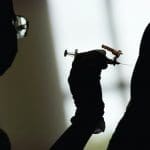
House GOP votes to end flu, whooping cough vaccine rules for foster and adoptive families
A bill to eliminate flu and whooping cough vaccine requirements for adoptive and foster families caring for babies and medically fragile kids is heading to the governor’s desk.
By Anita Wadhwani, Tennessee Lookout - March 26, 2024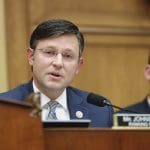
U.S. House Speaker Johnson says IVF should be protected — just not by Congress
U.S. House Speaker Mike Johnson said Thursday that it’s up to states and not Congress to preserve access to in vitro fertilization, weighing in on a growing national debate and campaign issue.
By Jennifer Shutt, States Newsroom - March 14, 2024







